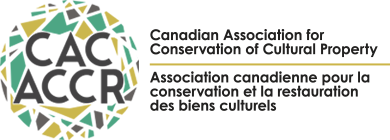J.IIC-CG VOLUME 2 (1976)
New Concepts of Lining – A Summary of Present Trends
The lining of easel paintings is believed to have come into general practice in the 18th century. The adhesives used were mixtures of animal glue and flour paste combined with additives such as Venice turpentine, molasses, cheese and linseed oil. Hot irons were necessary to bond the lining to the original support. Frequently the overheated irons caused the paint film to blister. There was no accurate way to measure or maintain a safe uniform temperature. The introduction of thermosetting wax-resin adhesive brought advantages. The invention of the vacuum hot table provided a means of controlling temperature and pressure. Unfortunately wax-resin in many instances caused darkening of the paint film. Excessive vacuum pressure tended to produce weave imprint and texture magnification. Recent lining procedures employing the cold lining table and the vacuum envelope, together with synthetic fabrics and non-staining adhesives eliminate many of these problems.
[ download not available ]
